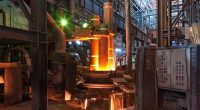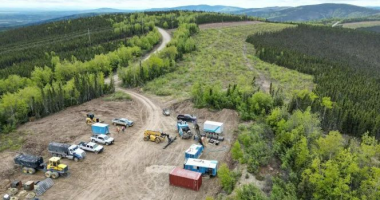A mining study conducted by Talga Group Ltd (ASX:TLG) into expansion options for its Vittangi Graphite Project in Sweden has revealed that underground mining could be conducted in a manner that lowers the project’s environmental impact, allowing for up to 2 million tonnes per annum to be produced.
Talga decided to run the mining expansion study – which is part of a wider scoping study on the project – as a result of growing demand from battery and electric-vehicle customers for the mineral, as well as growing global interest in lithium battery materials more generally.
What it found was that ore production options from the 35 million-tonne project (at 23.8 percent Cg- carbon in graphite form) could include 0.6, 1.0 or 2.0 million tonnes per year (Mtpa), and that with the latter option, concentrate of around 425,000 tonnes per year could be yielded.
Additionally, the project’s shift to an underground mining model would negate the requirement for multiple open pits, and if the 0.6Mtpa production rate was chosen, the mine life could extend to 40 years.
Talga Group CEO Martin Phillips said the study provided key indicators of the role Vittangi could play in the European green energy market into the future.
“Our large-scale Swedish graphite project is a key alternative source of strategic raw materials to support the EU’s ambitions and the demand from key export markets,” he said.
“The completed mining study underpins the Scoping Study underway to outline expansion options to supply the global battery anode market beyond our initial 19,500tpa project.”
The Vittangi Graphite Project – located in the country’s northeast, along the Vittangi Greenstone Group – focuses on the Nunasvaara and Niska deposits, and Talga is continuing exploration work at the site with the goal of shifting the current exploration target of 240-350Mt at 20-30 percent graphite to mineral resource estimates.
Talga Group has been trading at 65 cents.









